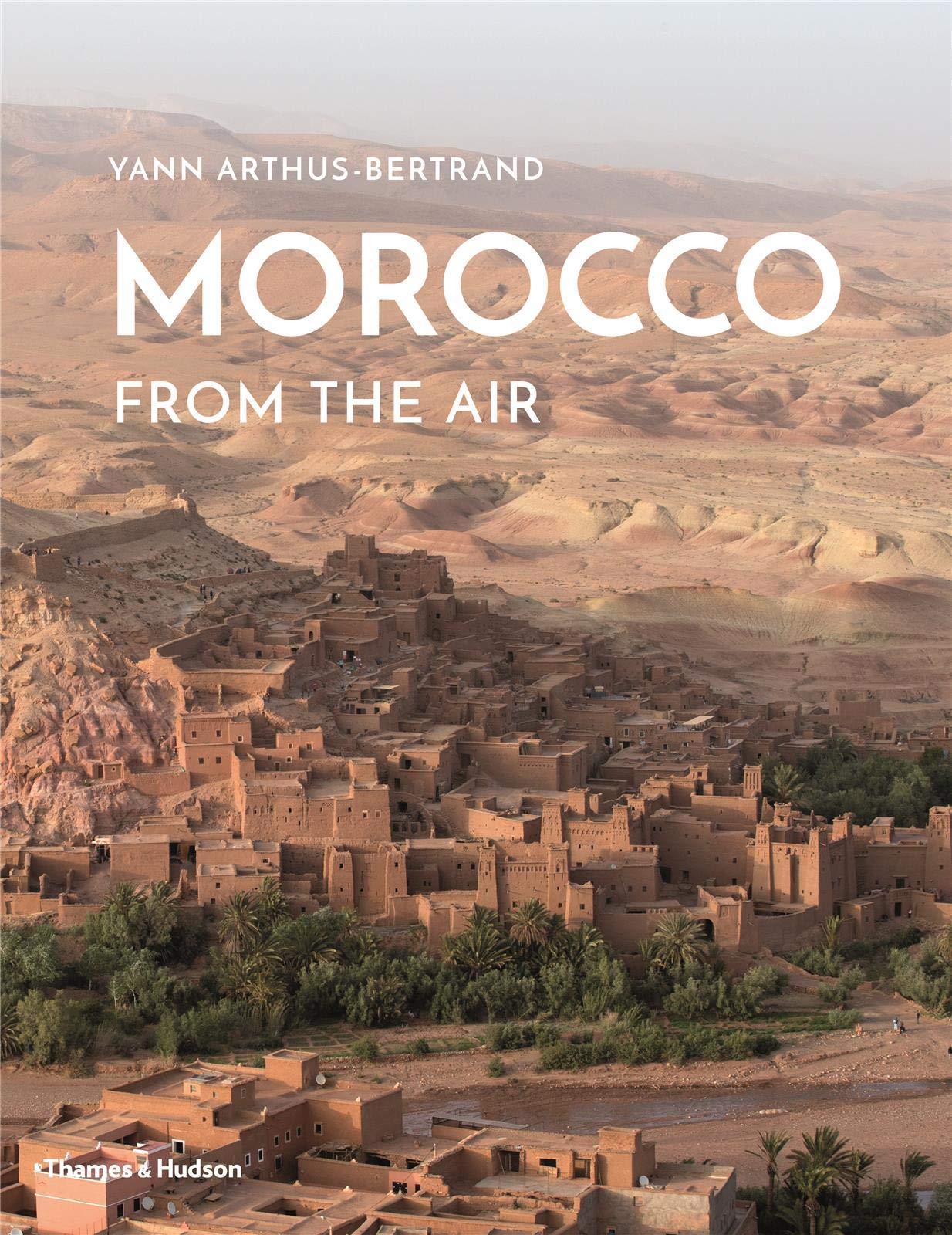Fotoboek Morocco from the Air | Thames & Hudson
Seen from the sky, Morocco seems to be a vast chain of mountains, gradually lowering to the sea. The country's rich farmlands - seen here in Arthus-Bertrand's transcendent photographs as abstract canvases painted in deep yellow saffron, or as brown fields of wheat combined with the brilliant green of large groves of palm and olive - are breathtakingly beautiful when viewed from above. The sky over Morocco is of an unusually vivid blue, the mountains are crowned by snow peaks in winter, and the Mediterranean and Atlantic coastlines draw sun worshippers from all of Europe as soon as cold weather strikes the Continent. In Marrakech is concentrated all the culture of the south. Here is a city of a thousand and one nights, its streets teeming by day with magicians, fakirs and clowns, its luxurious palaces and hotels glistening at night with the multilingual babble of elegant visitors from abroad. In Fez, the intellectual centre of the north, are some of the most beautiful Islamic monuments in the world.
But Morocco is changing. The country has become a pioneer in renewable energy, a revolution in progress that can be read in the wind farm near Tangier and the solar power plant Noor in the desert near Ouarzazate, one of the largest in the world. These images and more burst off the pages of Yann Arthus-Bertrand's new book
€ 34,95
Verzendkosten: Zie website leverancierNu bestellen bij De Zwerver

